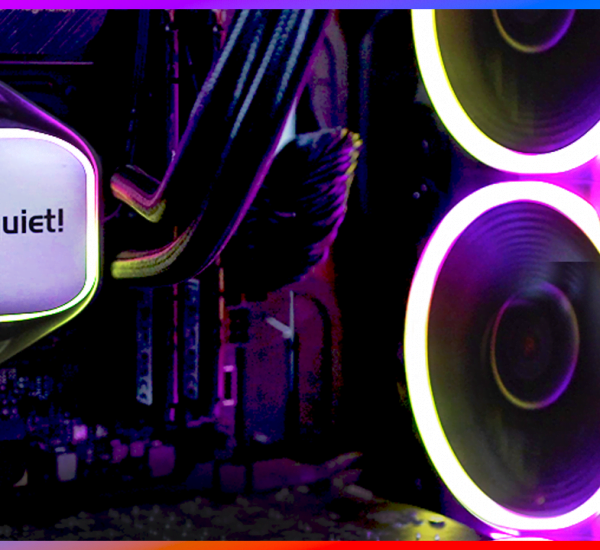Advantages and Limitations of Keyhole Welding
In an article by Isamu Miyamoto, who began his work in lasers material processing developing the CO2 laser in 1965, he presents a review of laser welding technology, from its beginnings in utilizing CO2, to the “New Wave” that is USLP laser welding.
Firstly, there are advantages and limitations of keyhole welding. By analyzing CW (continuous wave) laser welding of opaque materials, Miyamoto hopes to facilitate a better understanding of the mechanism of laser-to-matter interaction and, consequently, improve upon or expand the process limits that result from weld defects.
Miyamoto asserts that, to his knowledge his firm was the first to utilize laser welding, but that at the beginning, the technology lost most energy by Fresnel reflection and consequently was of low weld efficiency. It was later on, as laser technology advanced, that keyhole welding was able to dramatically reduce the reflection loss through utilizing multi-reflections of the laser beam in the keyhole. This resulted in increased weldable thickness , making keyhole laser welding one of the most successful technologies in the industry.
The downside is that keyhole instabilities inhibit performance of this type of welding, due to the fragile balancing act of evaporation recoil pressure and surface tension. This can result in instability or collapse. In the beginning of CO2 laser welding, gas was necessary to control any absorbing plasma produced above the keyhole, subsequently, the keyhole was prone to collapse, due to the excess pressure of the assist gas.
This instability led to Miyamoto’s team developing an internal mechanism for detecting light emission in the ‘80s.
Phase Two: High-Speed Welding by Single-Mode Fiber Laser
By developing high-power solid-state lasers (which rendered laser-induced plasma transparent), the problem of plasma absorption was solved. But while this problem was solved, another one was created in that keyhole welding required at least 1 kW of laser power. The industry responded by first, developing a high brightness disk laser (approximately one order lower laser power of 200 W), and then keyhole welding at one order below (at 25 W), via a single-mode fiber laser. This resulted in an incredibly fast welding speed, over 2 m/s. Other developments include demonstrating the positive increase in maximum humping-free welding speed as keyhole diameter decreases.

The New Wave of Laser Welding: USLP
Unlike CO2, ULSP supports crack-free melting of glass. In traditional welding, tensile stress inherent in the heating and cooling process, results in the glass cracking. With USLP glass welding, no shrinkage stress occurs during the cooling process, thus no cracking occurs.
There are a multitude of other advantages to utilizing USLP, among them:
The alleviation of weld defects (e.g., humping, sputtering and keyhole collapse)
Stability in the embedded molten pool
Selective melting of the joint interface and related energy savings
Ability to weld in a “clean room”, and,
Theoretically, unlimited thinness of weldable thickness
Source: https://www.lia.org/blog/2014/01/origin-and-new-wave-of-laser-welding/
[alert heading=”Author” type=”alert-success” block=”false” close=”false”]
Mark Williams is the author of this blog post about laser welding. He has gathered sources including https://www.coherent.com/Applications/index.cfm?fuseaction=Forms.page&PageID=250 to write this post. Feel free to connect with him over at Google+.
[/alert][accordion title=”image source” id=”id-here”]
featured image
[/accordion]

